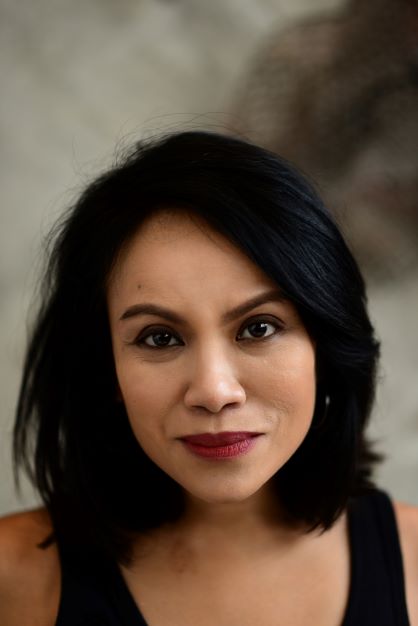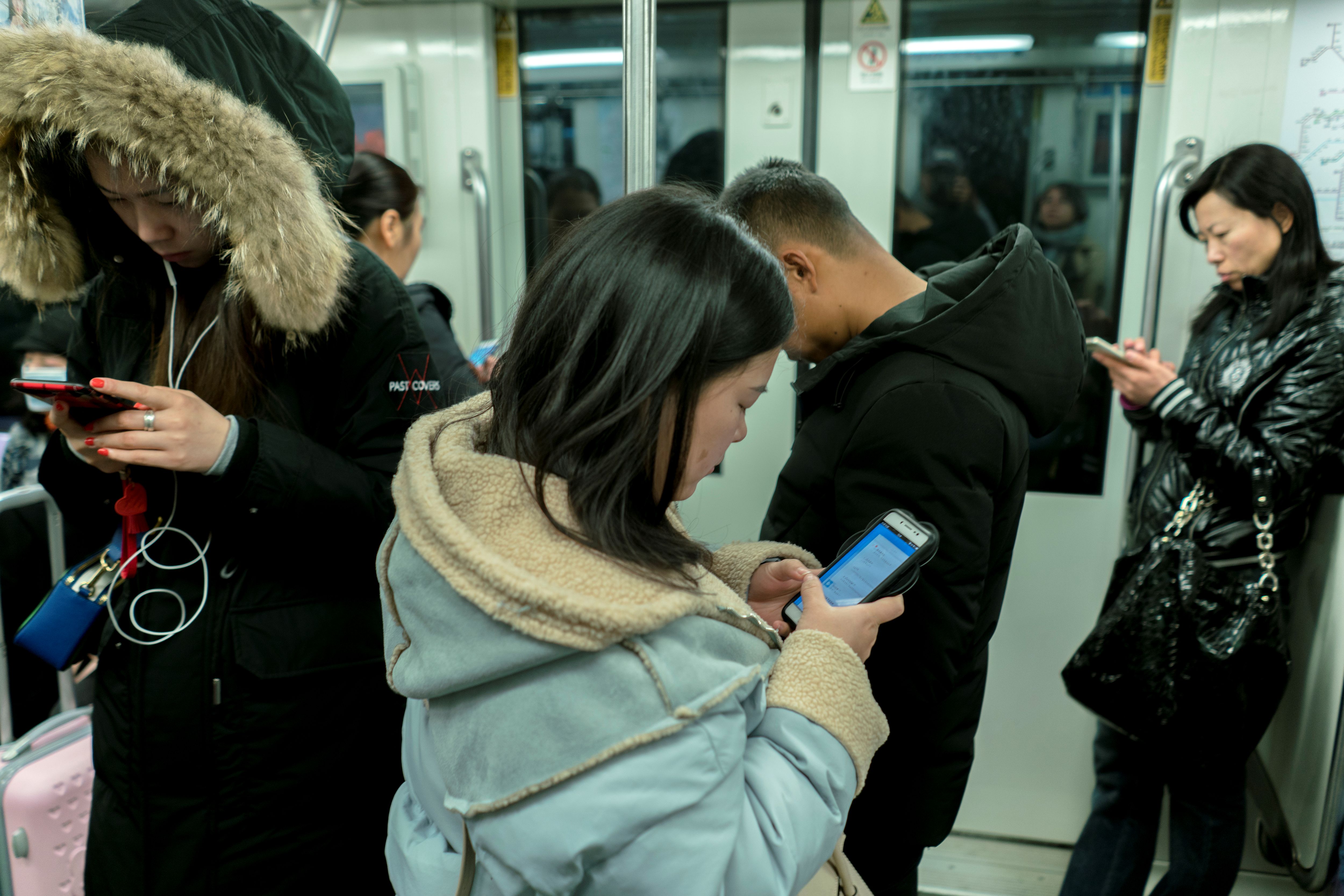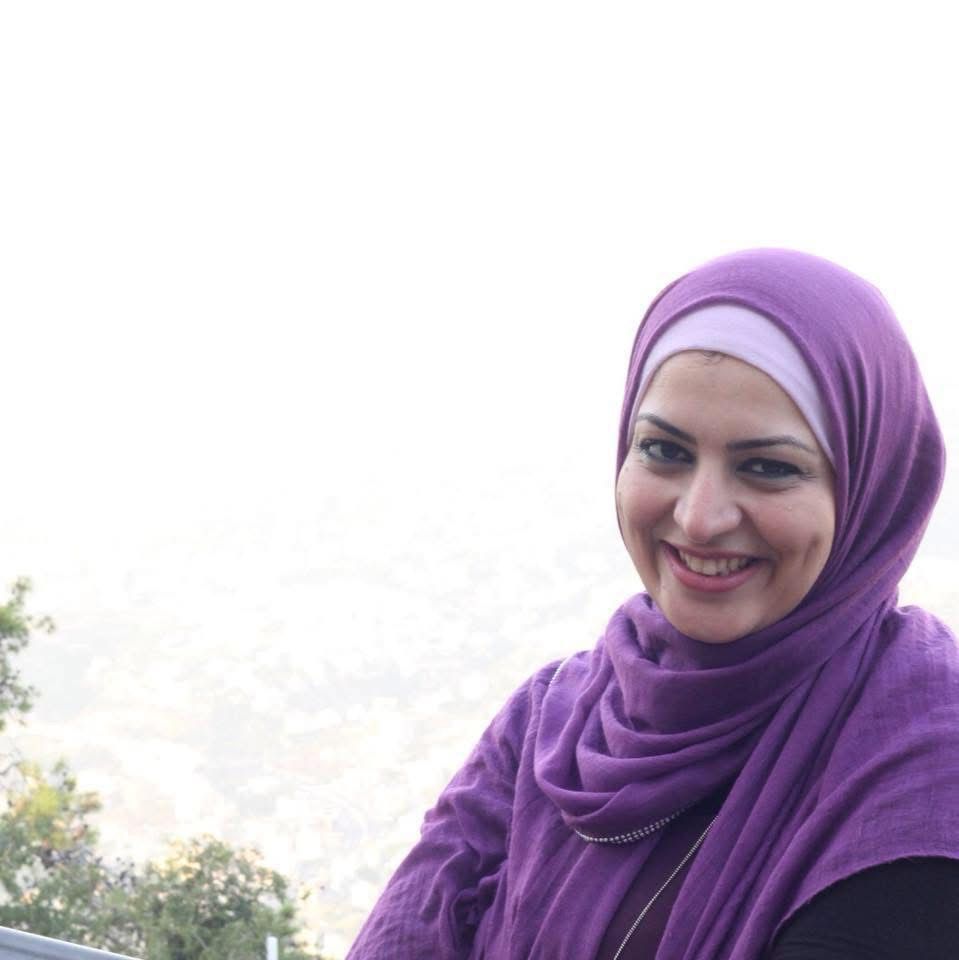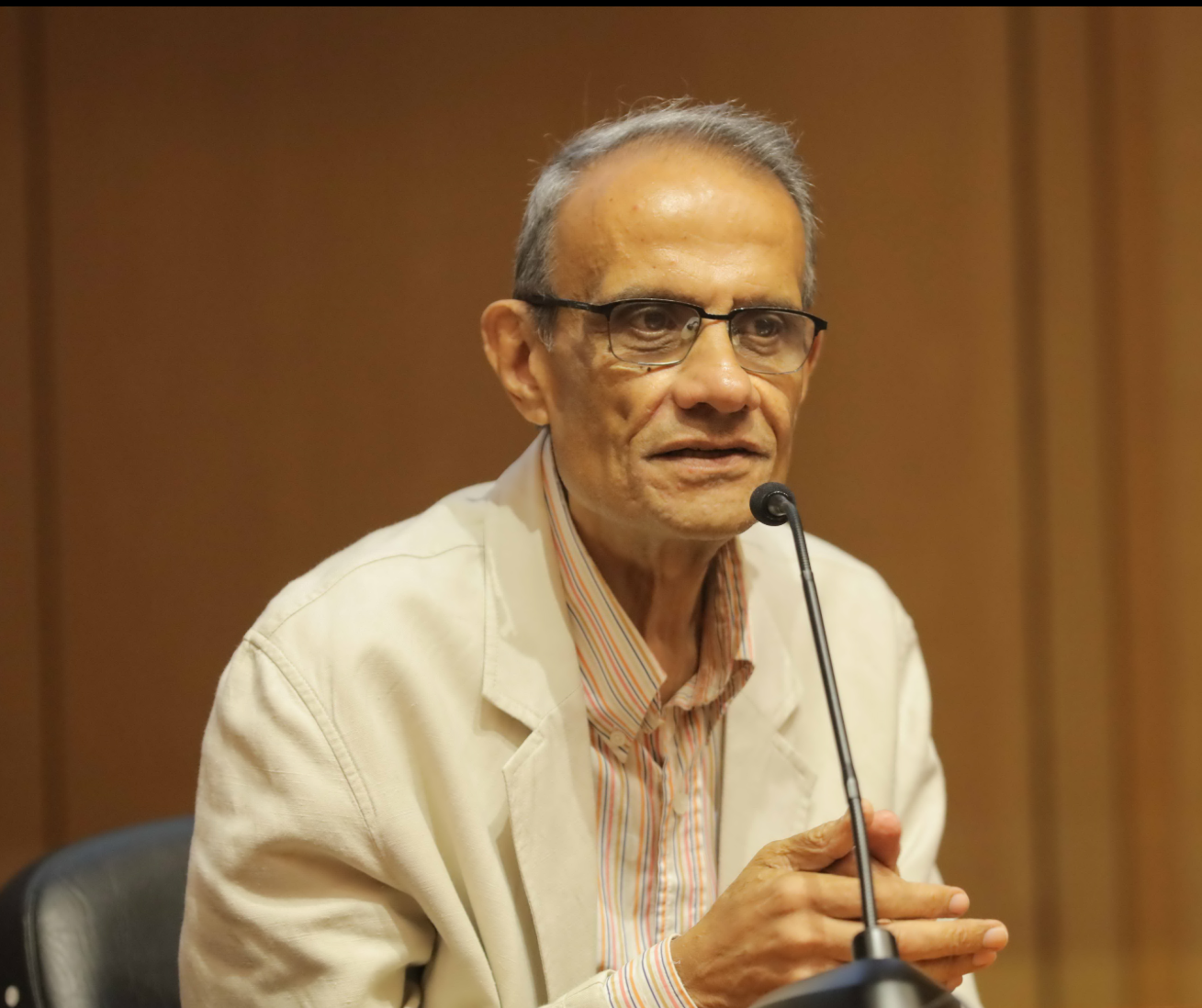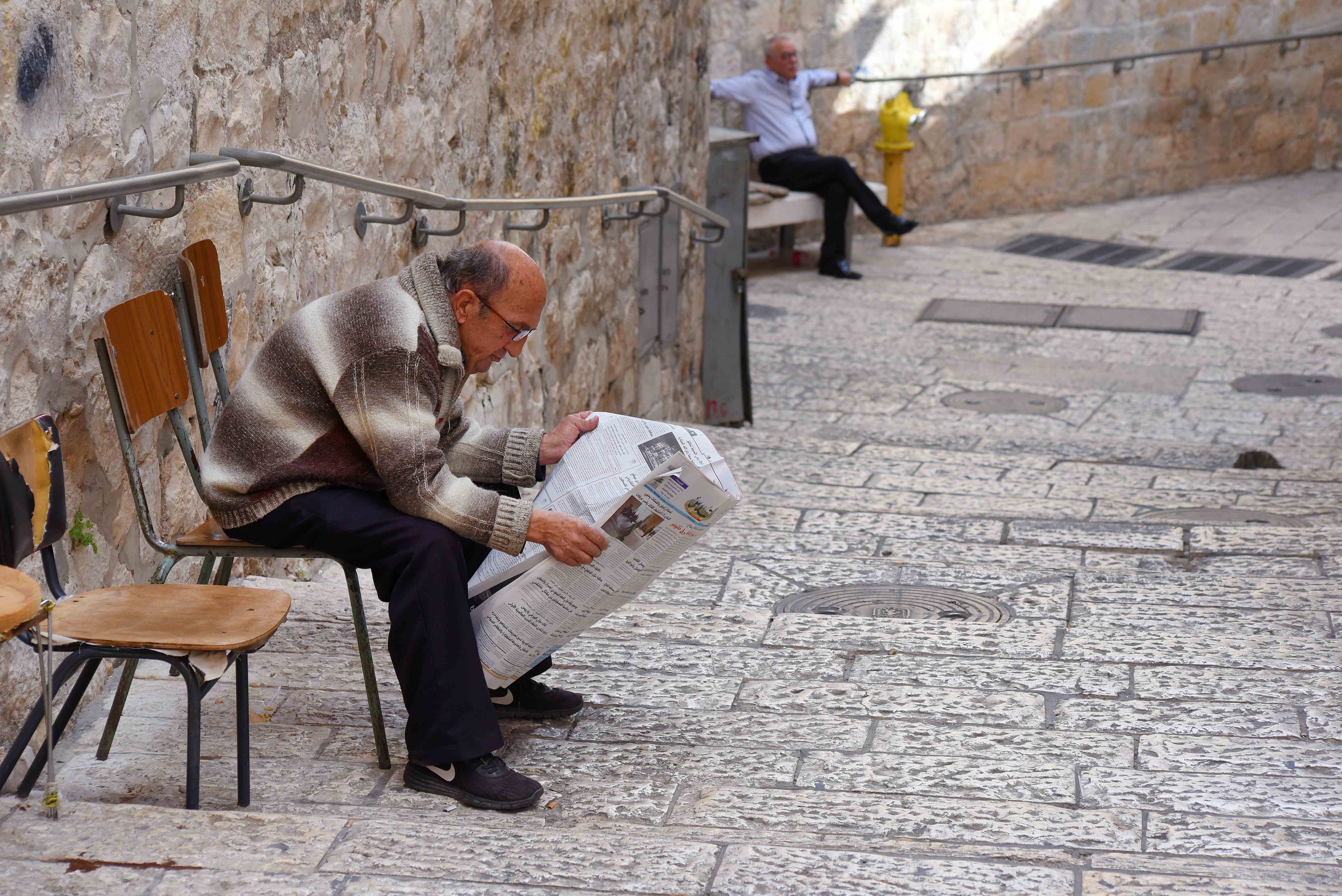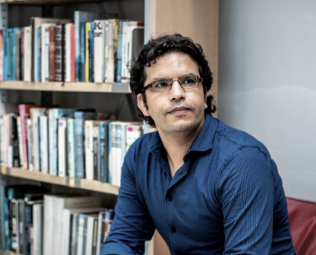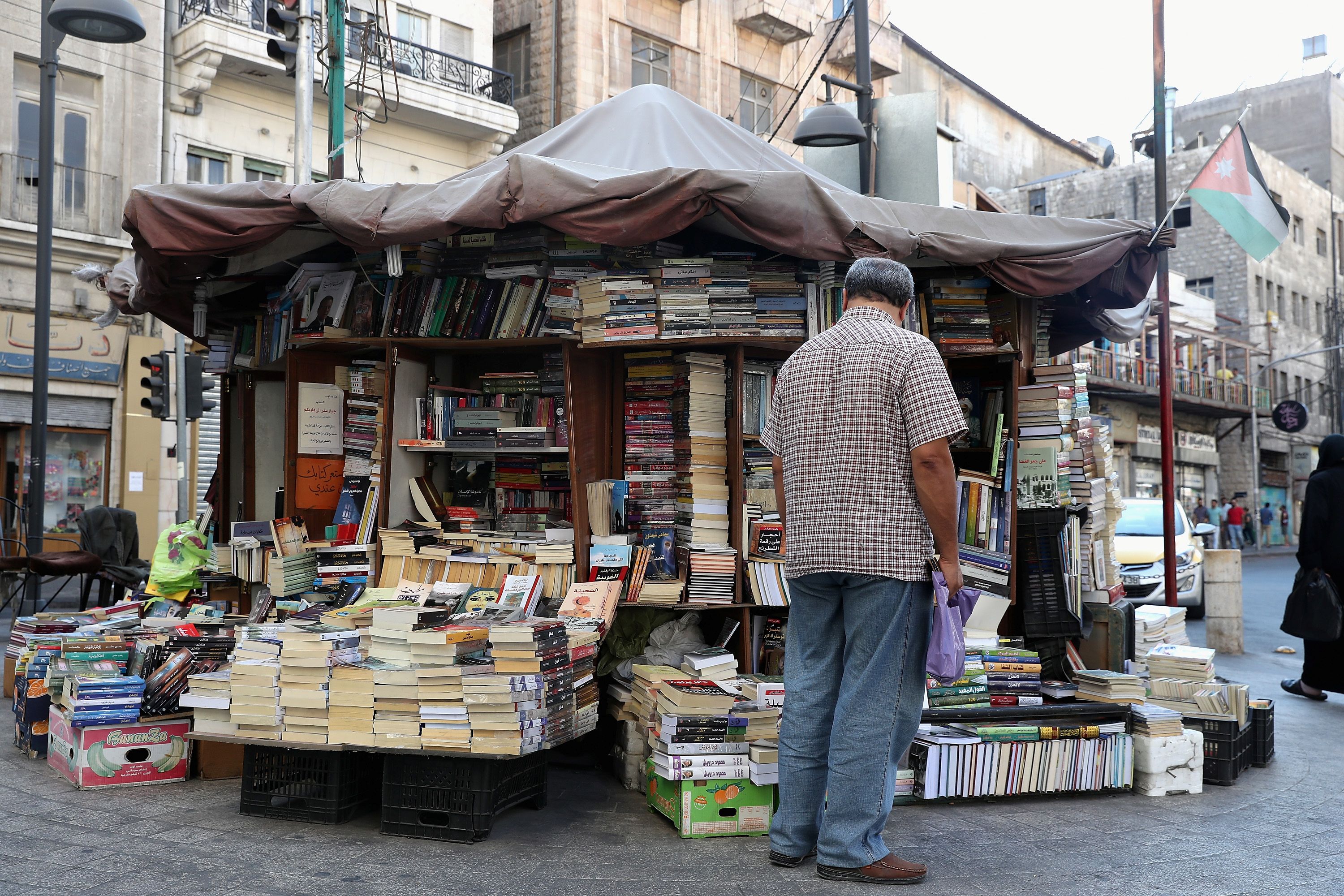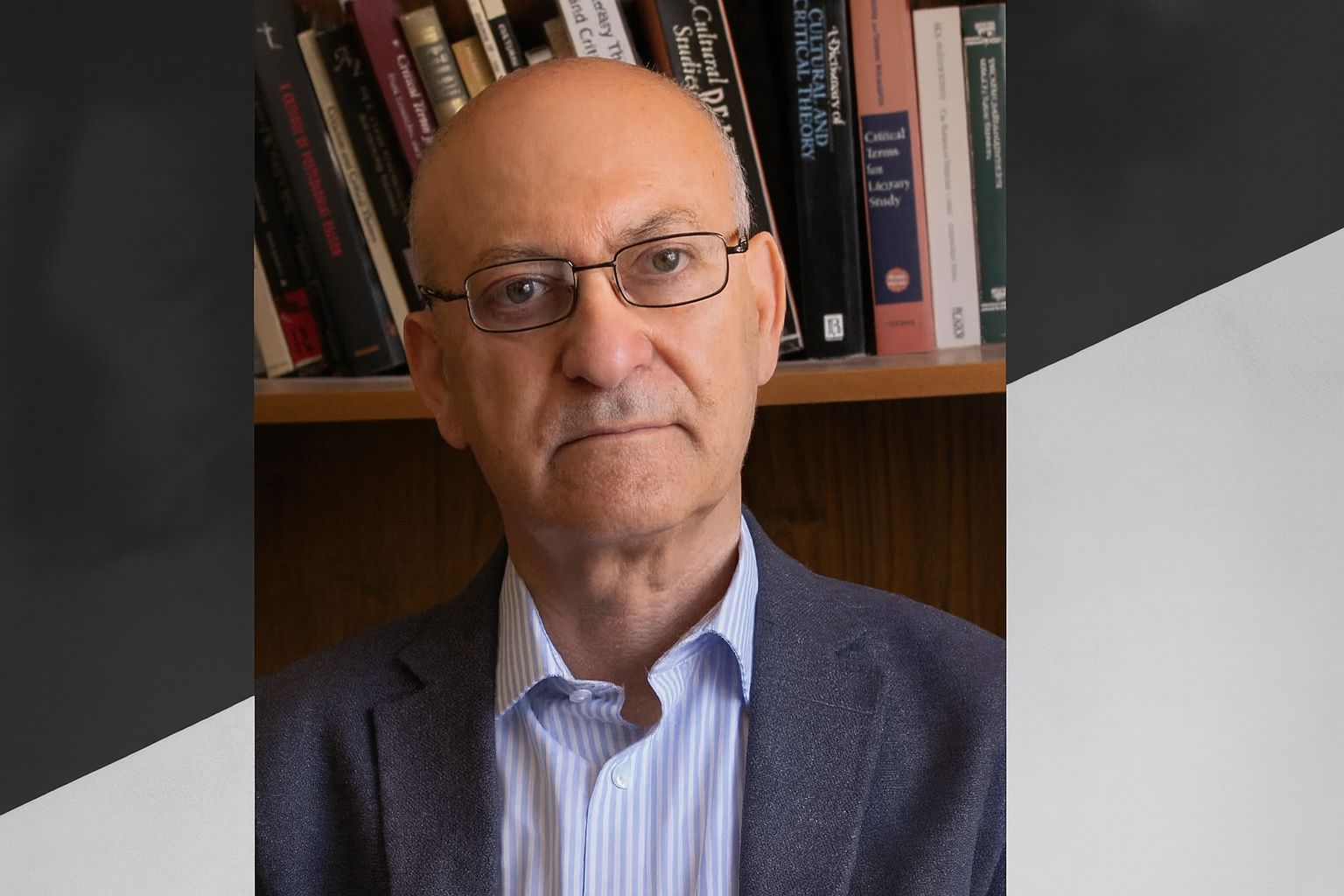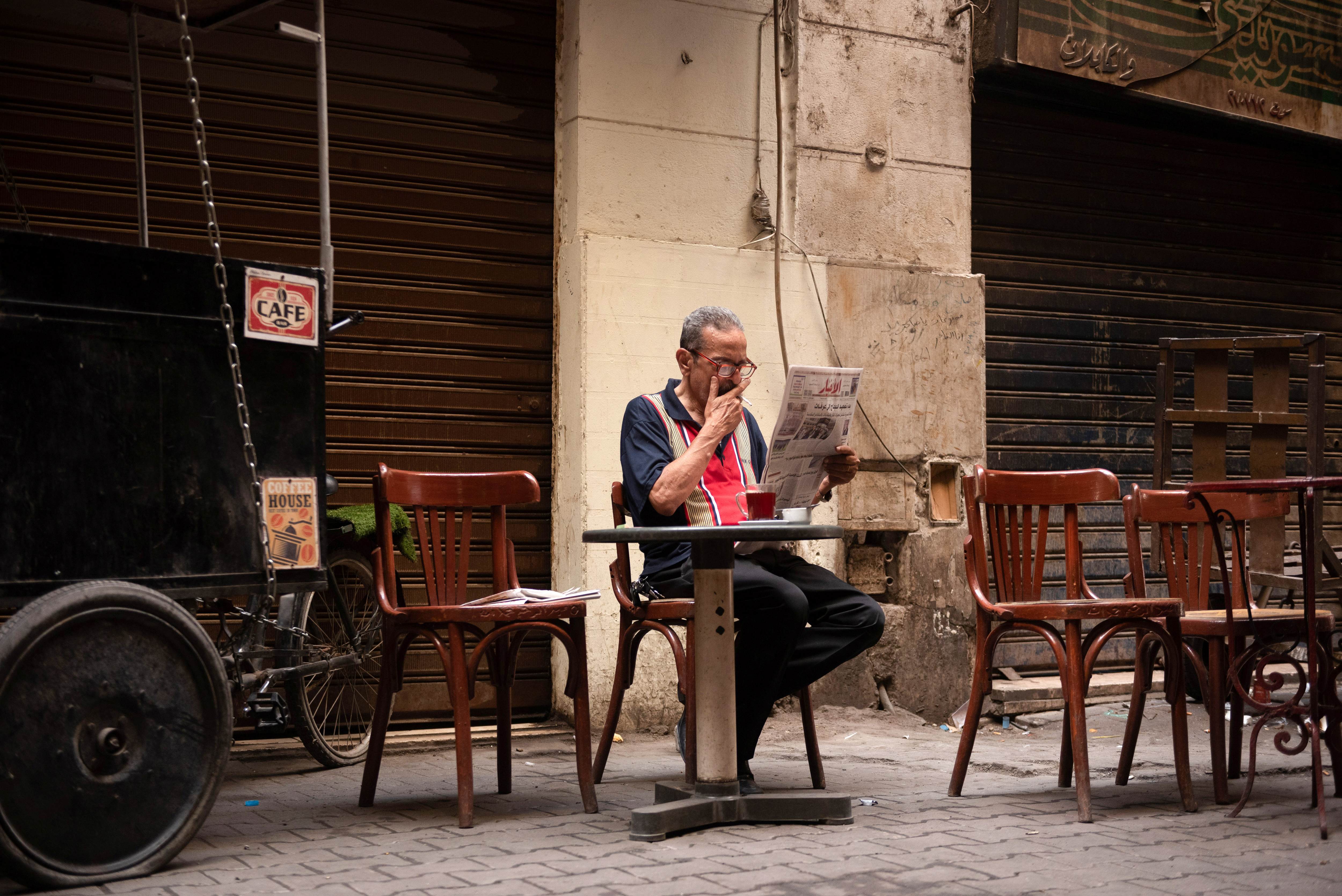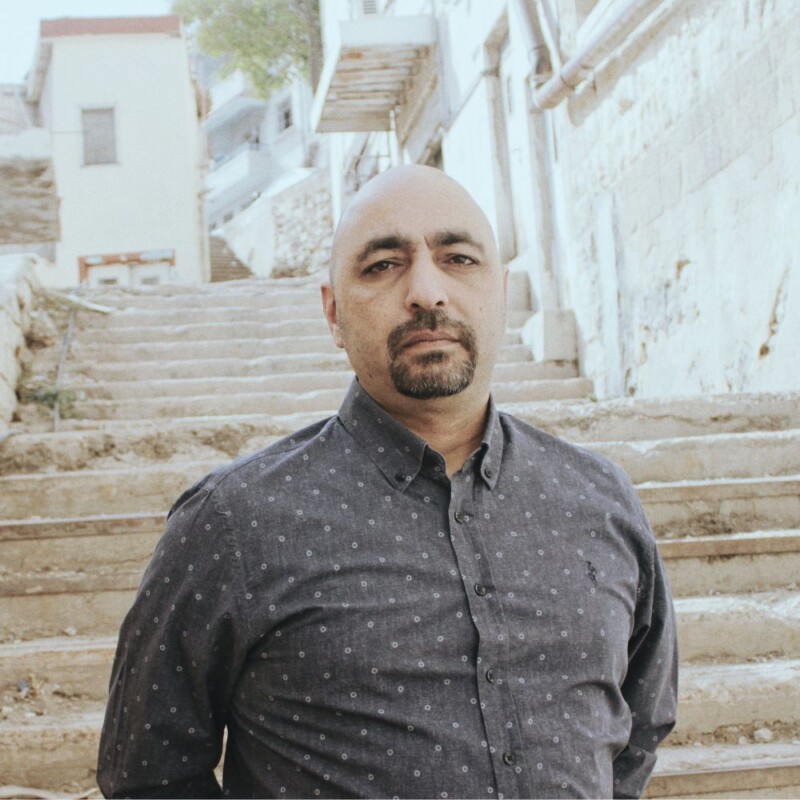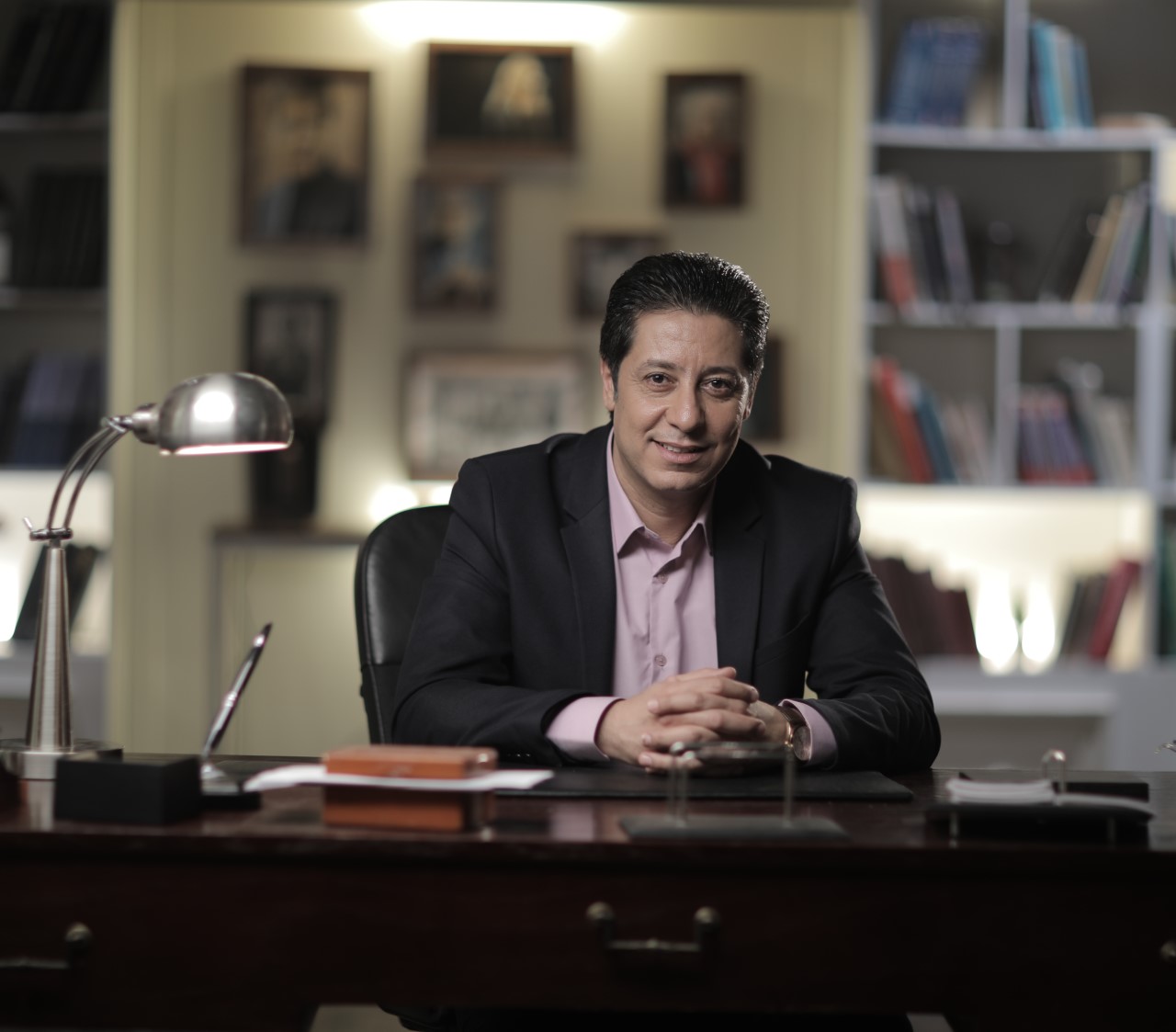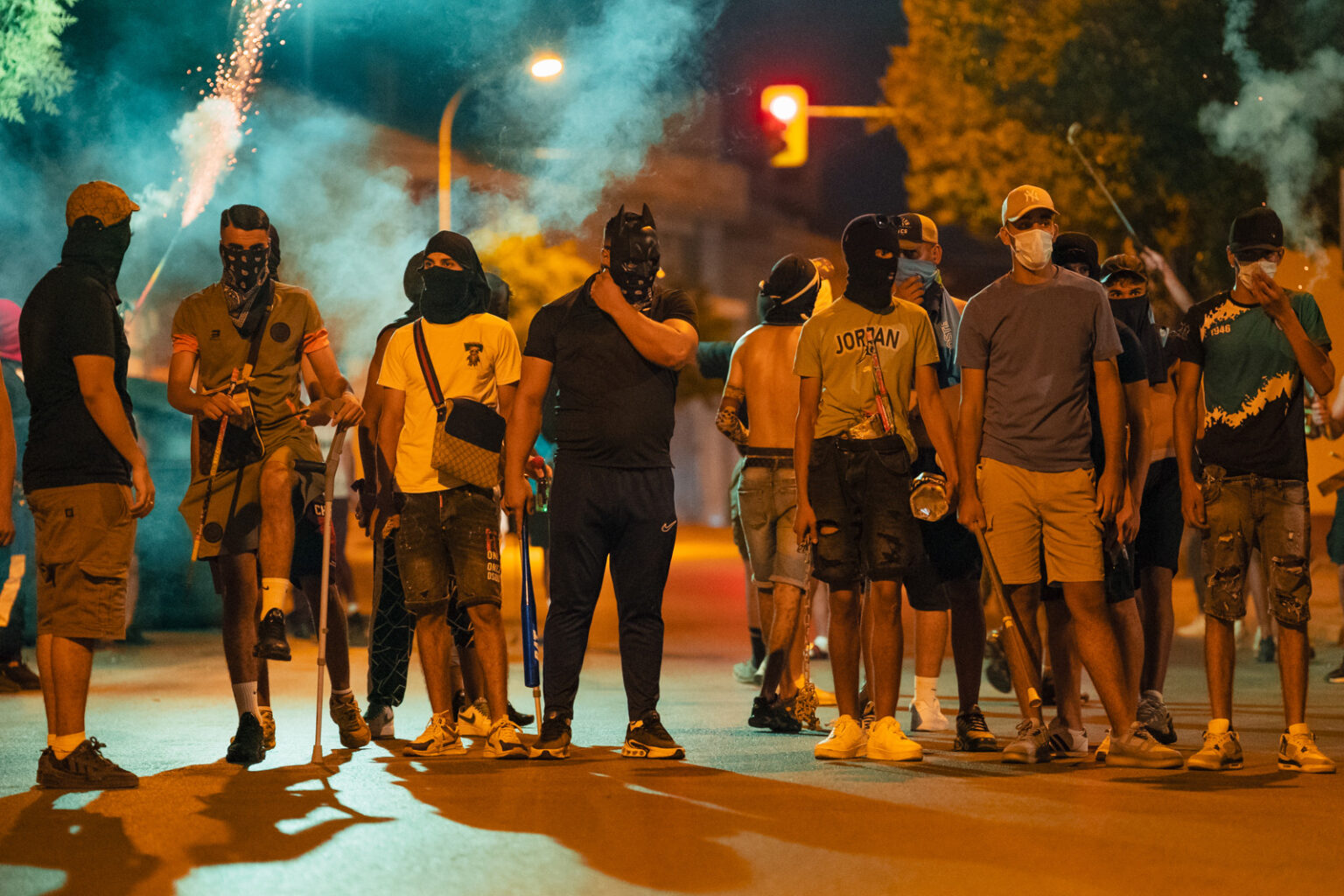‘Independent’ political vloggers and influencers are being expertly harnessed by the new Marcos Jr administration for its own ends
When video bloggers - or “vloggers” - were accredited as part of the presidential press corps in the Philippines, many journalists were concerned the move could jeopardise critical reporting about the administration of the newly elected President Ferdinand “Bongbong” Marcos, Jr.
They have, sadly, been proved right.
Marcos, Jr took a calculated approach to controlling coverage of his presidential campaign. He declined to participate in presidential debates, refused interviews with the media and only distributed media advisories to select journalists. Some non-favoured journalists who followed him on the campaign trail reported literally being shoved aside by his security personnel at times.
Skilfully, Marcos surrounded himself with an army of propagandists composed of online content creators - each with enough followers to earn the status of social media “influencer” or in political communications parlance, “key opinion leader”.
“It became increasingly clear that Marcos, Jr benefited from the presence of these hyper-partisan content creators - not just in terms of the content they produced, but in that they were an alternative media that he could entertain while sidelining the more critical legacy press,” said Regine Cabato, reporter for the Washington Post.
“One could actually argue that pro-state propaganda is already normalised. I'd posit that what's happening now is further efforts to institutionalise it,” Cabato added.
Institutionalising propaganda
Marcos, Jr’s presidential victory was the pinnacle of a stunning political comeback for the Marcos family. Marcos, Jr’s father and namesake was president of the Philippines for over 20 years - nearly half of which were under martial law. The Marcoses were overthrown in a peaceful people-power revolution in 1986 and fled to the US.
This recent political triumph also serves as a masterclass in historical revisionism. Various academic and news stories, including Cabato’s own report for the Washington Post revealed how the Marcoses perfected the use of social media as their political machinery.
Away from censors and the need for citations and fact-checking, videos on You Tube, TikTok and Facebook used emojis and punchy music to filter and whitewash the horrors of the martial law period during which thousands of activists and journalists were detained, disappeared or killed.
It is not the first attempt to accredit pro-state online content creators to the official press corps. President Rodrigo Duterte - Marcos, Jr’s predecessor - had tried to officially accredit vloggers and bloggers who called themselves the DDS, or Die-Hard Duterte Supporters in 2017.
Journalists pushed back.
“We sought an understanding with the presidential communications office to establish accreditation guidelines to clearly distinguish those who are reporting the news as opposed to those who are acting as extensions of the government's public relations team,” said Jason Gutierrez, president of the Foreign Correspondents Association of the Philippines (FOCAP).
The nuanced take of a subject expert is no match for the rabble-rousing tweet or TikTok of a clout-chasing pundit
Jonathan Ong, disinformation researcher, Harvard
However, in the online world, loose monitoring and weak regulations around campaign spending make it difficult to distinguish the government mouthpiece paid to disseminate propaganda from the online content creator putting out an opinion based on their own political beliefs.
Lax regulations when it comes to campaign finance monitoring further blurs these lines. The Philippine Commission on Elections does not compel candidates to declare costs for social media campaigns where YouTube channels, TikTok and Facebook pages amped by algorithms spread messages to millions of people.
Additionally, compensation does not only come in the form of monetary rewards. Incentives can be gadgets, giveaways or even government positions. Lorraine Badoy, was a pro-Duterte blogger who gushed about Duterte and called him “my labs” (my love) in her posts. Duterte appointed her undersecretary of the social welfare department.
Before she was appointed press secretary for Marcos, Jr, Trixie Cruz-Angeles was a lawyer who gained prominence as a pro-Duterte political blogger.
Cruz-Angeles announced that vloggers would have to first be accredited before they would be made part of the elite press corps and is currently reviewing accreditation guidelines. Meanwhile, around 30 vloggers and influencers with a combined subscriber base of over 2 million have formed the United Vloggers and Influencers of the Philippines (UVIP). They are currently drafting a Code of Ethics to guard against sensationalised and partisan reporting.
Toxic political fandom
Jonathan Ong, a disinformation researcher at Harvard University and the University of Massachusetts studies the impact of political troll farms, influencers and bloggers on public perception and opinion.
“The best influencers are those with the ability to speak the vernaculars of their communities, reflect their fears and grievances right back at them, and deliver punchy and inspiring messages that do well with the algorithm,” said Ong.
This relatability earns influencers the permission to issue political analysis and informed opinion once reserved for subject matter experts and journalists.
During the last election, Ong studied the content coming from the camps of Marcos. Jr. and his closest opponent, former Vice President Leni Robredo. Ong saw that the most viral messages were the most extreme and incendiary, often spreading conspiracy theories and attacking journalists and activists.
Pro-Marcos vlogger John Anthony Jaboya - known as “Sangkay Janjan” - has more than one million subscribers to his YouTube channel. After an investigation revealed his conspiracy theories and disparaging posts about Marcos’s political rivals, Jaboya took down 167 videos, some of which violated YouTube’s policies on harassment and COVID-19 disinformation. Jaboya, who is also Vice President of the UVIP, is estimated to have lost a combined 20 million views by taking down the videos, which gives some idea of the numbers of people these videos were reaching.
“Influencer culture has dramatically transformed our information environment,” said Ong. “The nuanced take of a subject matter expert is no match for the rabble-rousing tweet or TikTok of a clout-chasing pundit who seeks to affirm the identity and belief system of their political camp of choice.”
Reimagining journalism and regaining public trust
When credibility is measured by the number of followers and authenticity and trust are based on a relatable online persona, influencers edge out journalists of the news and information space.
The 2022 Digital News Report by the Reuters Institute includes a focus on Filipinos’ Trust In Mainstream Media. It showed that interest in the news across all age groups has fallen. About 31 percent of Filipinos said they avoid mainstream media because they perceive journalists to be biased. Another 32 percent avoid the news because it has a negative effect on their mood.
The surveys in the Philippines reflect global trends. According to the 2022 Reuters Institute Digital News Report, news outlets are in stiff competition with influencers for the public’s attention - and trust.
Communications firm Edelman, which monitors public trust in major institutions, ranked the media as having the lowest level of public trust when compared to other organisations like governments and businesses.
“Giving audiences what looks like traditional journalism that I was trained to do 25 years ago is not working,” said former journalist Joy Mayer.
“Most people want credible information, and journalists spend much too little time understanding what that would look like to them and how to reach them. We assume that they will come to us in traditional ways and are frustrated when they don't and blame it all on them,” said Mayer.
the most viral messages were the most extreme and incendiary, often spreading conspiracy theories and attacking journalists and activists.
As director of US-based think tank Trusting News, Mayer trains journalists and newsrooms on how to incorporate audience engagement and transparency into their reporting models.
Rambo Talabong, a journalist for the Philippines-based investigative news outlet, Rappler, produced a documentary about pro-Marcos content creators and studied their relationship with their followers. He found one main difference between online content creators and reporters: vloggers have communities they engage with, journalists have audiences they deliver the news to.
“Influencer culture is an indictment of media institutions all over the world. When it comes to building relationships with our readers, we have been left behind,” he said.
An investigative journalist who previously covered the police beat and now covers disinformation, Talabong shed his initial discomfort with making news commentaries on camera and experimented with translating his lengthy in-depth coverage into snappy explainer videos on TikTok and Instagram.
People have come to recognise him in public as the reporter-fact-checker who shares his insights on Facebook and TikTok. “A lot of them say we should produce more of the videos I’ve been making so they can share them with friends and relatives who would rather watch than read,” said Talabong.
The results are encouraging and support the need to parse and simplify straightforward news to smaller nuggets of information that are easier for the public to digest.
“We can’t keep doing the same thing. We can push our boundaries and innovate while still maintaining our editorial standards,” said Talabong.
Ana P Santos is an independent journalist who reports on the intersections of gender, sexuality and labour migration
The views expressed in this article are the author’s own and do not necessarily reflect Al Jazeera Journalism Review’s editorial stance

